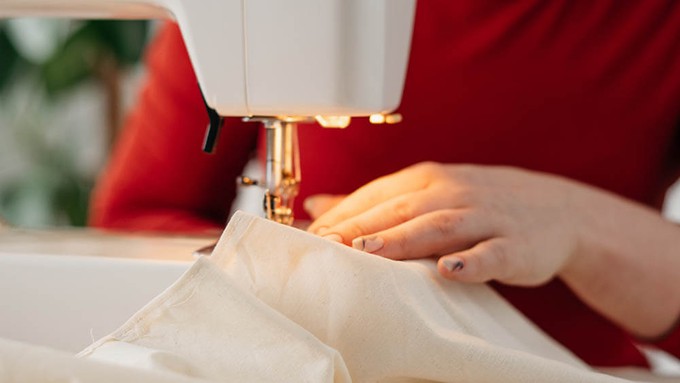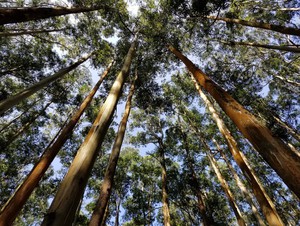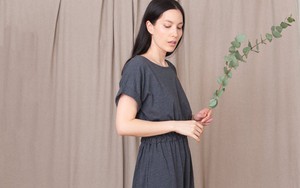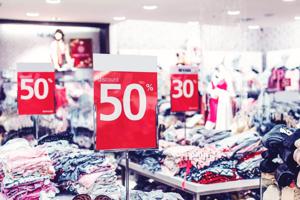- Clothes
- Bags
- Accessories
-
Inspiration
- Shoes
The Journey of Your Clothing: A Typical Fashion Supply Chain

Clothes have become so accessible that we rarely stop and think, ‘hey, how did a cotton boll on the other side of the world end up looking like the garment I’m holding in my hands?’.
If you have, let us explain in a jargon-free way what a typical fashion supply chain looks like and, most importantly, the differences between a fast and a sustainable approach.
What is a fashion supply chain?
A fashion supply chain is the link between concept and customer.
It consists of every organization responsible for creating garments or accessories by turning raw materials into the finished products, preparing them for final consumption.
The stages of a fashion supply chain

- Design: the garments are conceived, including details like type of fabrics, finishes and trims;
- Material production: creating textiles by harvesting a raw material or producing a synthetic fabric, weaving fibres into textiles, dyeing and finishing them;
- Garment production: turning these materials into finished products by cutting and sewing them;
- Distribution: the clothes are transported to retailers;
- Consumer phase: what happens after it’s bought.
A fast approach to this fashion supply chain

Because the new millennium has seen an increase in demand for cheap and high-speed clothing consumption, fast fashion supply chains have adapted accordingly.
Unfortunately, this often means putting ethics and the environment aside.
- During the design stage, garments are based on current trends and only meant to last a season, falling apart after a few wearings and frequently relying on cheap but polluting synthetic fabrics;
- The material production stage is where the most damage is caused to the environment to cut costs: for examples, pesticides to speed up the process, over 2,700 liters of water for a t-shirt made with traditionally grown cotton, and toxic dyes dumped in rivers;
- While the material stage can be detrimental to farmers, the production part adds even more ethical concerns, since this industry is one of the world’s biggest promoters of modern slavery;
- Usually, no effort is made to try and reduce the pollution created during the distribution stage;
- Some of the scariest problems that present themselves during the consumer stage are the pollution caused by microplastics and waste: the average person will buy 68 garments a year and only wear them seven times before binning them.
After all, they were designed to be disposable during the first stage. It’s a vicious cycle.
A slow and sustainable approach to the fashion supply chain

Although any type of production will result in some kind of CO2 emissions and environmental footprint, slow fashion tries to reduce it at every stage.
It all starts with a completely different approach: focusing on fair trade and ethical environmental practices instead of meeting unsustainable demands and prices.
- During the design stage, garments are conceived to be durable and detached from ephemeral trends, so that they can be repurposed for years with different outfits;
- The material production stage usually sees the sourcing of more sustainable fabrics (for example, because they’re natural or recycled);
- During the production stage, they're turned into garments by workers who're paid fair wages;
- While it’s virtually impossible to eliminate carbon emissions during distributions, sustainable companies try and minimise them, for example with multi-drop services or by planting trees to compensate for them;
- Consumers are encouraged to keep each garment for years, look after it, and fix it instead of giving up on it.
 The differences between a typical fast and slow fashion supply chain show you that, while the destination can be the same, it’s the journey that makes all the difference.
The differences between a typical fast and slow fashion supply chain show you that, while the destination can be the same, it’s the journey that makes all the difference.
A fair and sustainable approach should never go out of fashion!
Share our story
Related articles
Material hailed as sustainable responsible for deforestation
A bio-degradable material made from renewable resources sounds very sustainable, unfortunately, viscose and other rayon materials are not as 'green' as you might think.
What Is Sustainable Fashion, Exactly? Jargon-Free Guide
Eco-friendly? Ethical? It can all sound confusing at first. So, here’s what sustainable fashion is in practice, why it matters, and how YOU can get started.
7 Eye-Opening Fast Fashion Documentaries
Looking for an interesting, educational watch? Discover the true cost behind a £2 t-shirt with the best fast fashion documentaries. Spoiler alert: it’s very high.
Project Cece is a platform that collects ethical fashion from vetted brands and shops in one place. Browse ethical fashion for women and men and find items that fit your style, budget and values!


